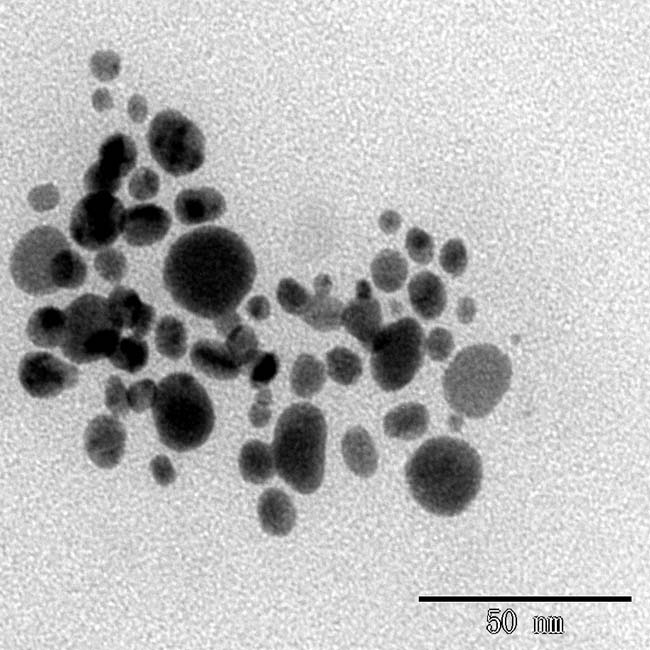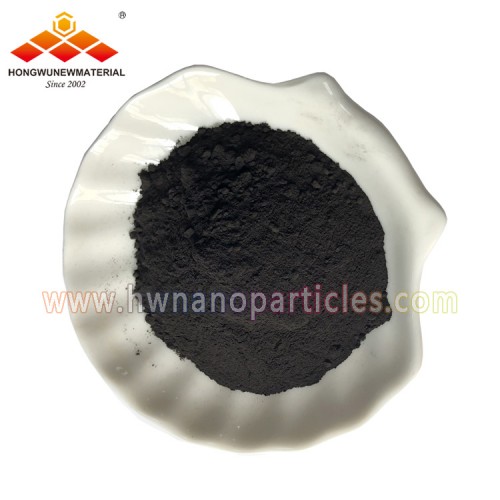
Ag nanopowders 99.99% pure 20nm silver metal nanomaterial
Ag Nanopowders 99.99% Pure 20nm Silver Metal Nanomaterial
Specification:
| Code | A110 |
| Name | Ag nanopowders |
| Formula | Ag |
| CAS No. | 7440-22-4 |
| Particle Size | 20nm |
| Particle Purity | 99.99% |
| Crystal Type | Spherical |
| Appearance | black powder |
| Package | 100g,500g,1kg or as required |
| Potential applications |
antibacterial, catalyst, Bioimaging, etc |
Description:
Ag nanopowder can be applied for antibacterial:
The antibacterial effect of silver can be traced back to the Greeks and Romans, who prolonged its drinkability by storing water in silverware. Silver ions are released from the container wall, and the silver ions interact with important bacterial enzymes and protein sulfhydryl groups to achieve antibacterial effects. This affects cell respiration and ion transport across the membrane, and the disease leads to cell death. Other antibacterial approaches to the toxicity of silver nanoparticles have also been proposed. Silver nanoparticles can anchor and subsequently penetrate the bacterial cell wall, causing structural damage to the cell membrane. The production of reactive oxygen species on the surface of silver nanoparticles can cause oxidative stress and provide a further mechanism for cell damage. The specific toxicity to bacteria while maintaining low toxicity to humans has enabled silver nanoparticles to be integrated into a variety of products, including wound dressings, packaging materials and surface antifouling coatings.
Bioimaging tags and targets
Silver nanoparticles have extraordinary efficiency in absorbing and scattering light, and can be used for labeling and imaging. The high scattering cross section of the nanoparticles can allow individual silver nanoparticles to be imaged under a dark field microscope or hyperspectral imaging system. By coupling biomolecules (such as antibodies or peptides) to their surface, silver nanoparticles can be targeted to specific cells or cell components. The attachment of the targeting molecule to the surface can be accomplished by adsorption to the surface of the nanoparticle, or by covalent coupling or physical adsorption.
Storage Condition:
Silver nanopowders should be stored in a dry, cool environment, should not be exposed to the air to avoid anti-tide oxidation and agglomeration.
SEM & XRD :









